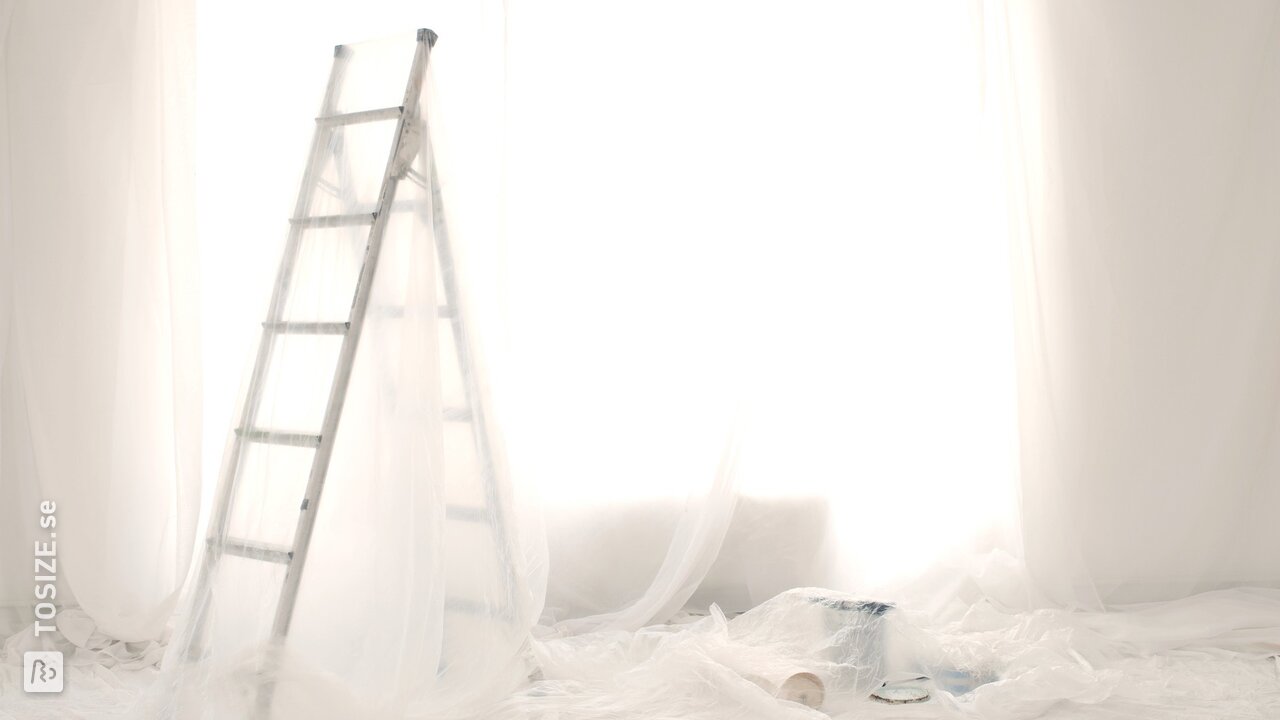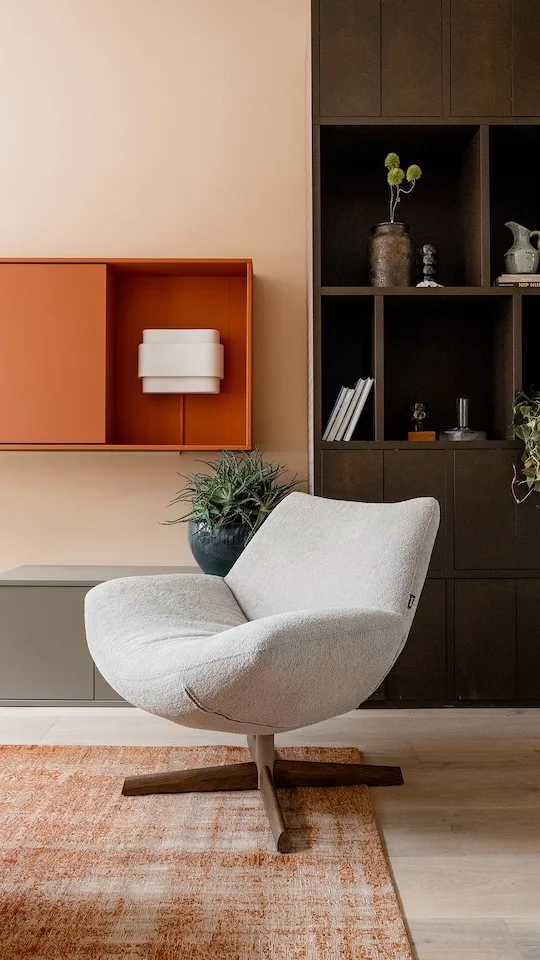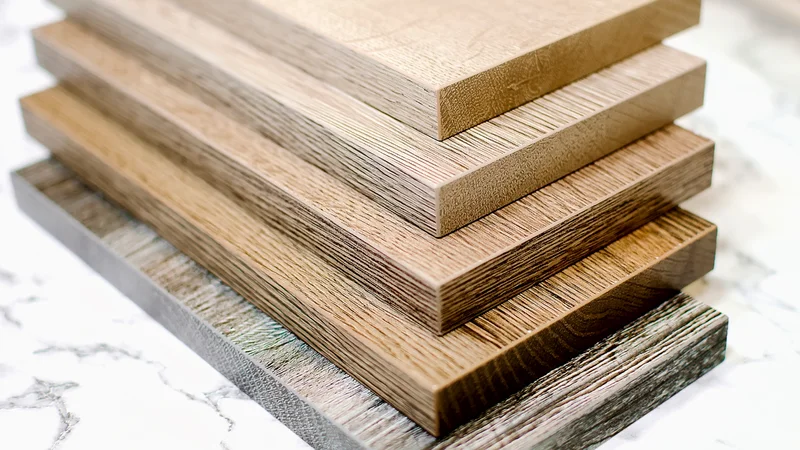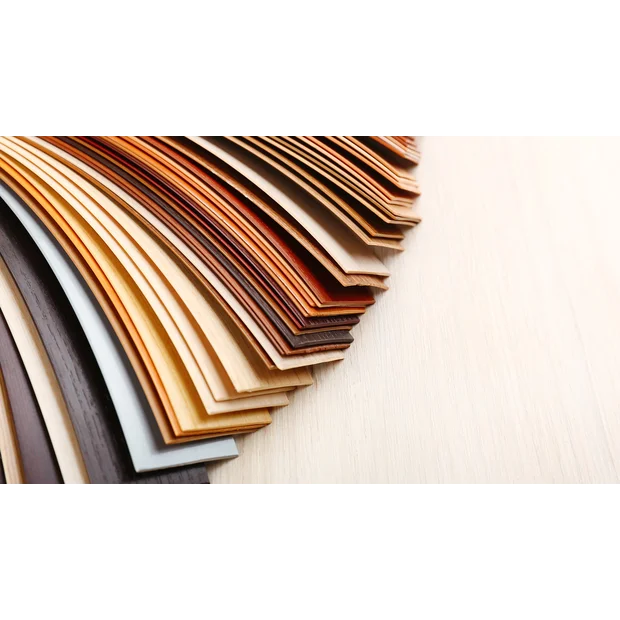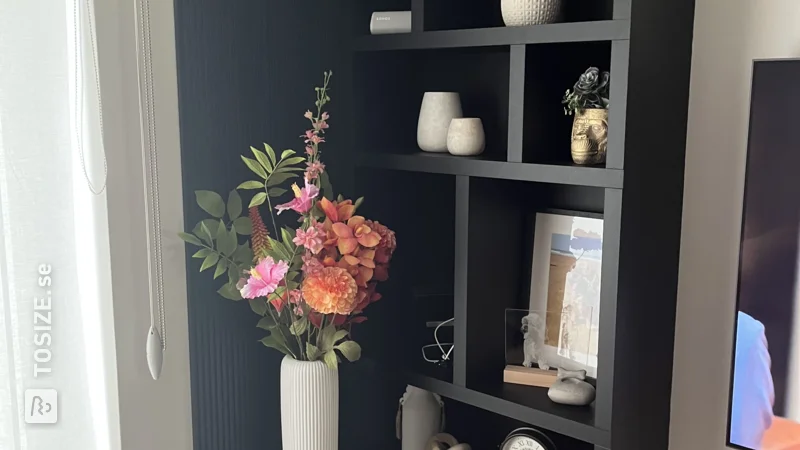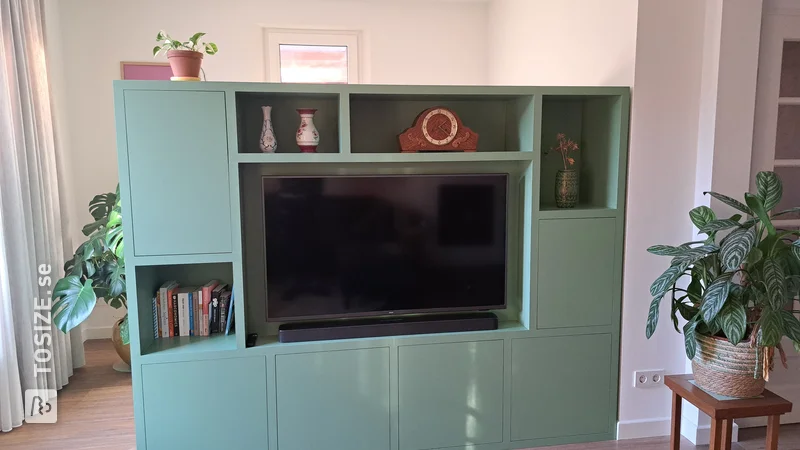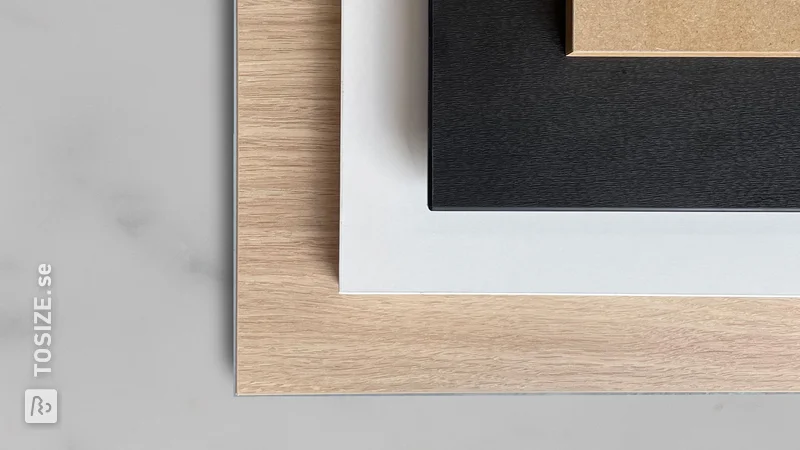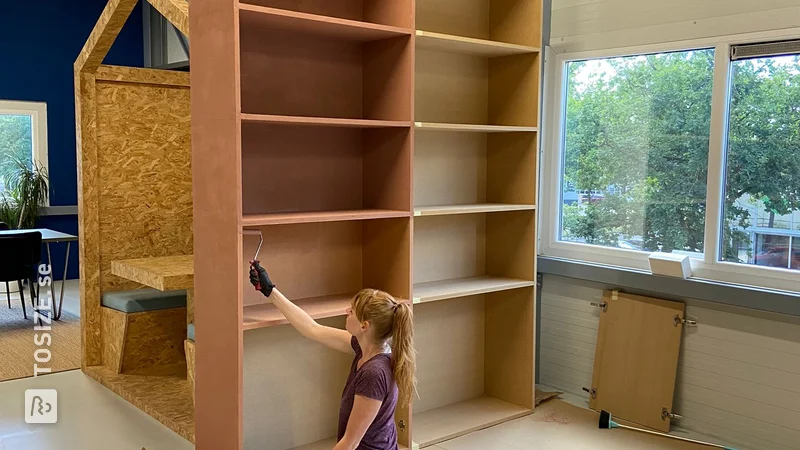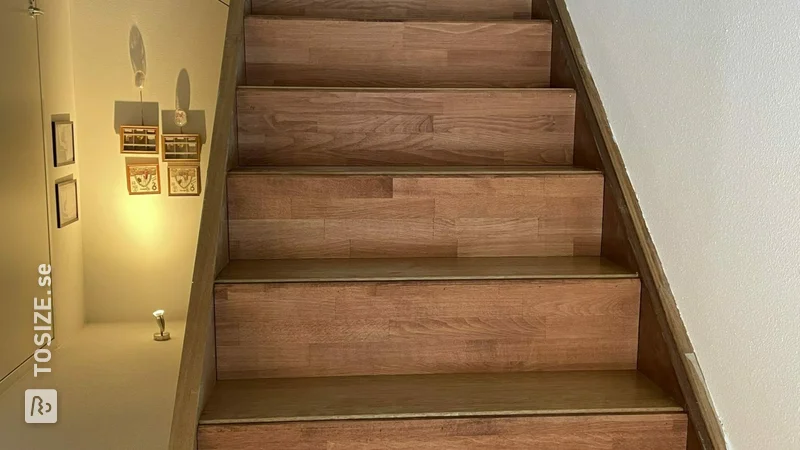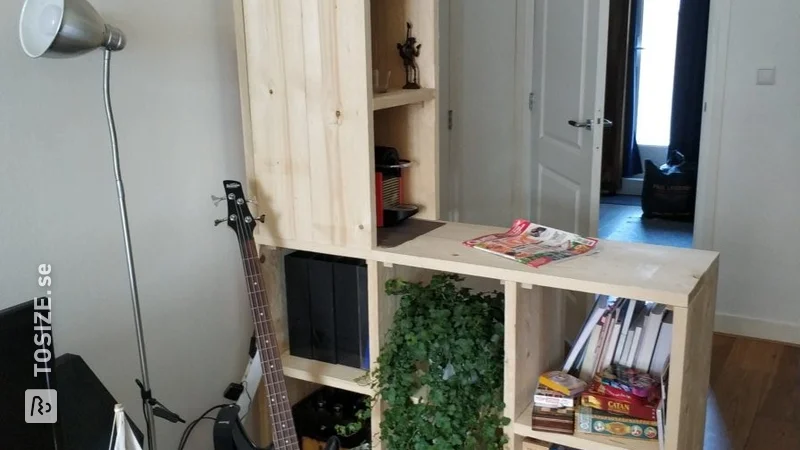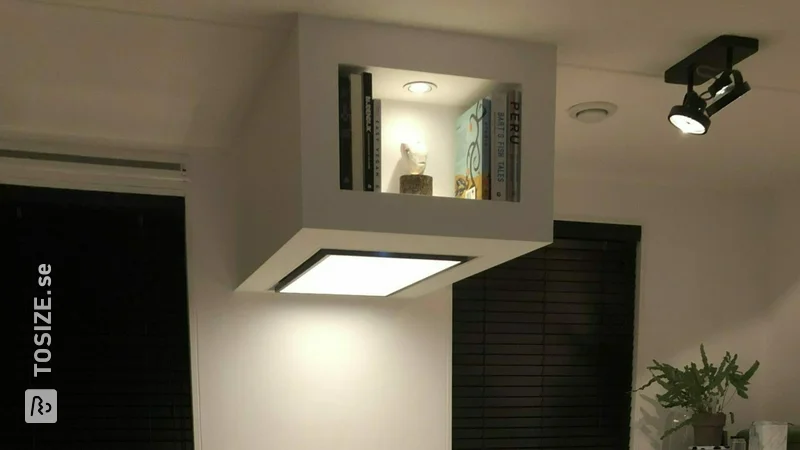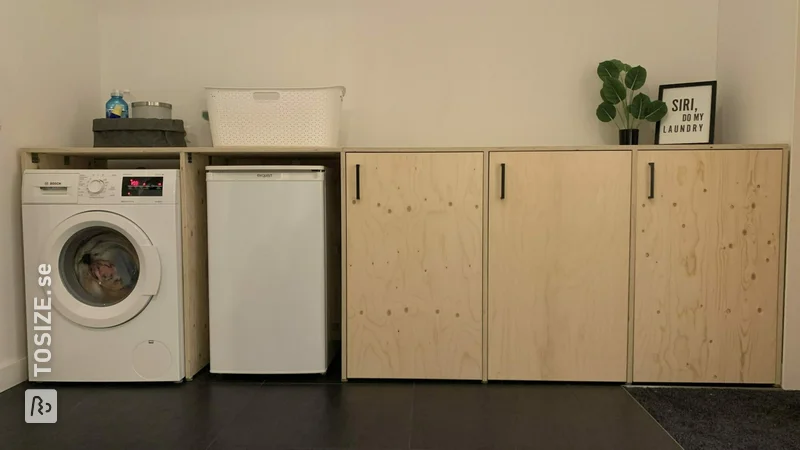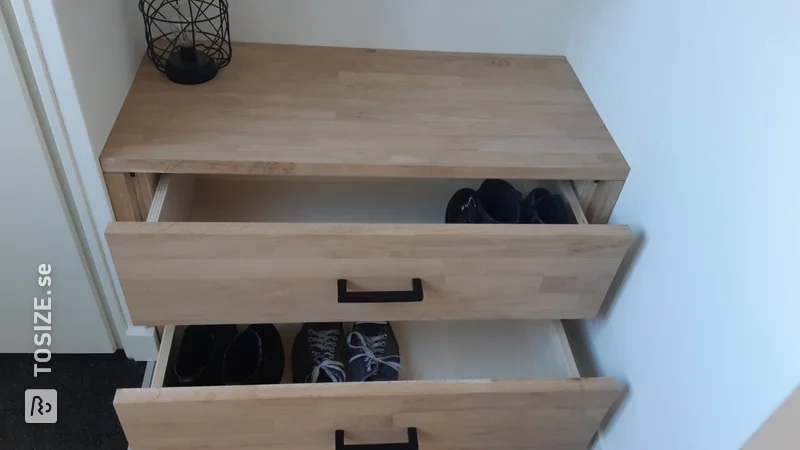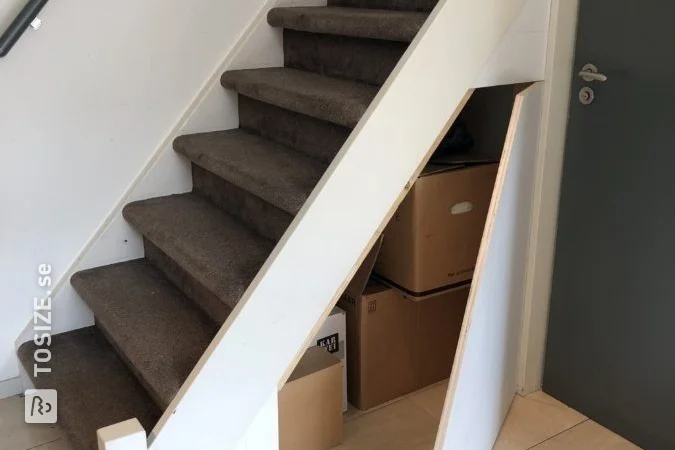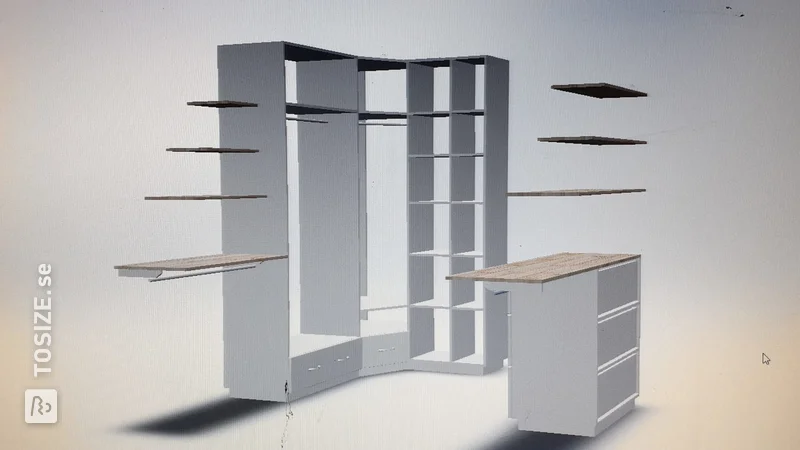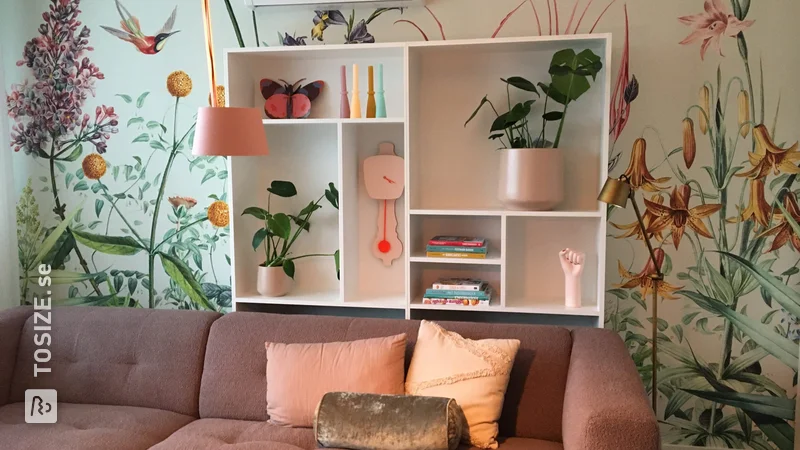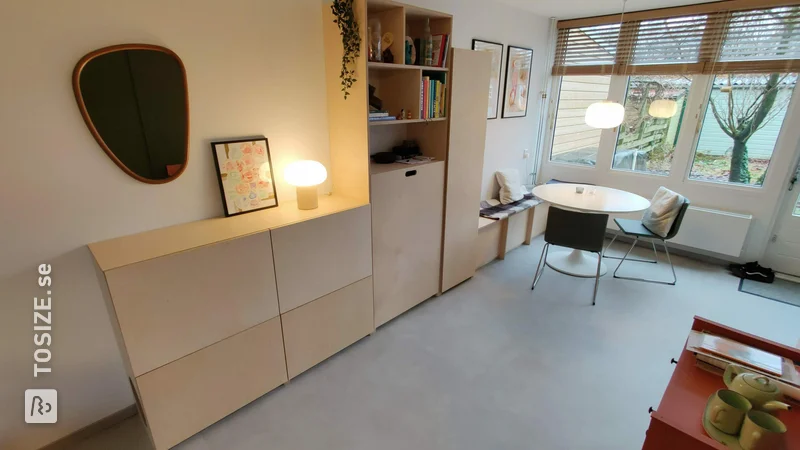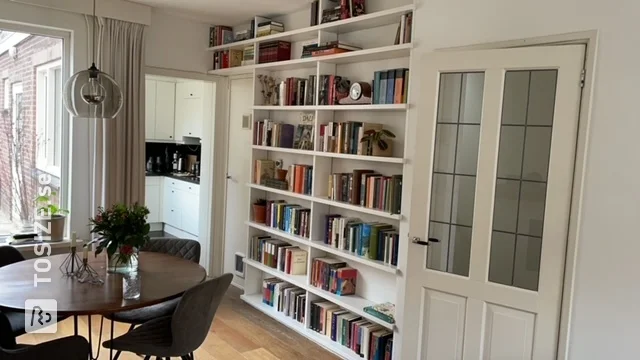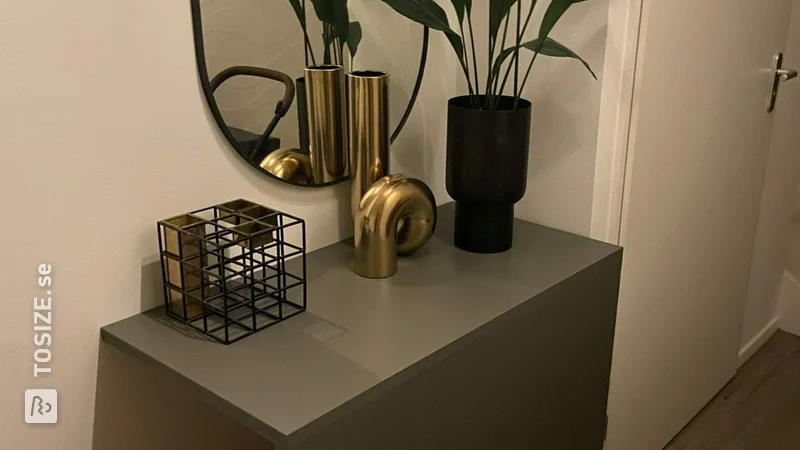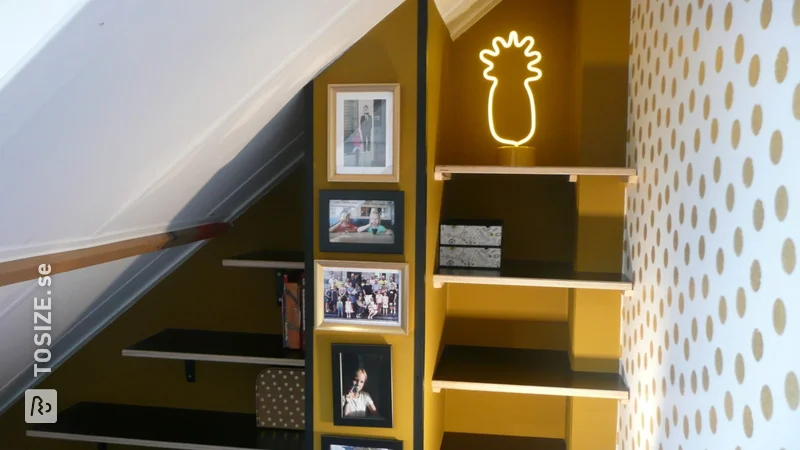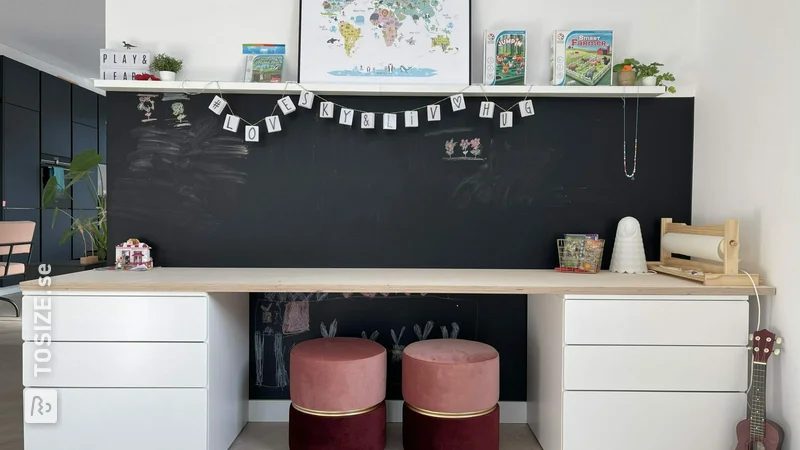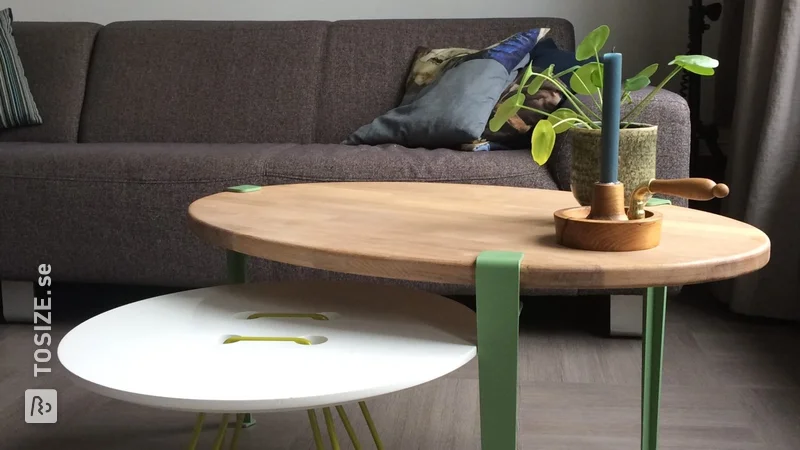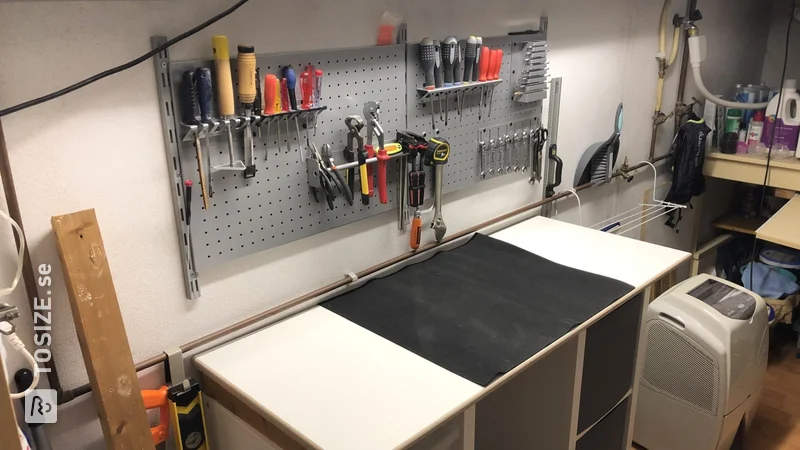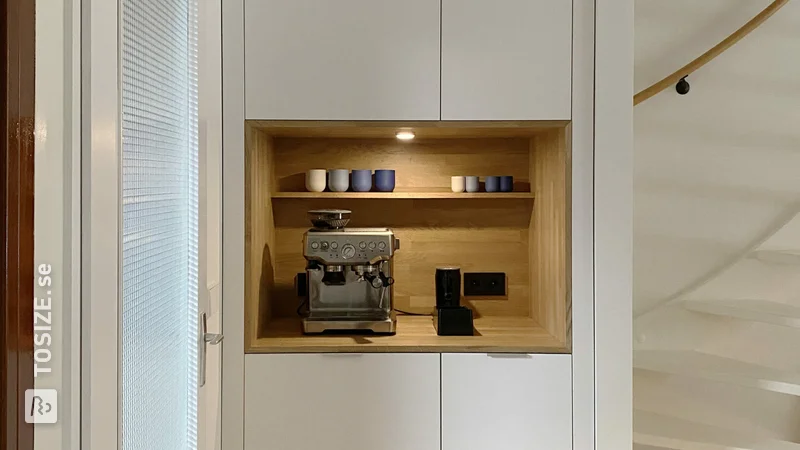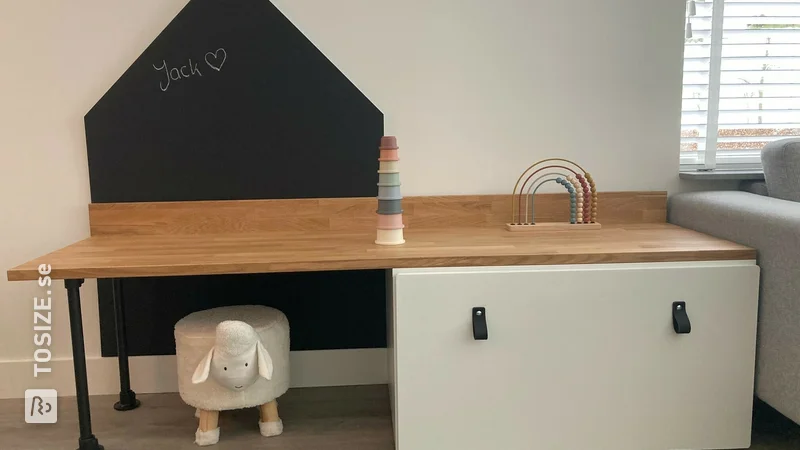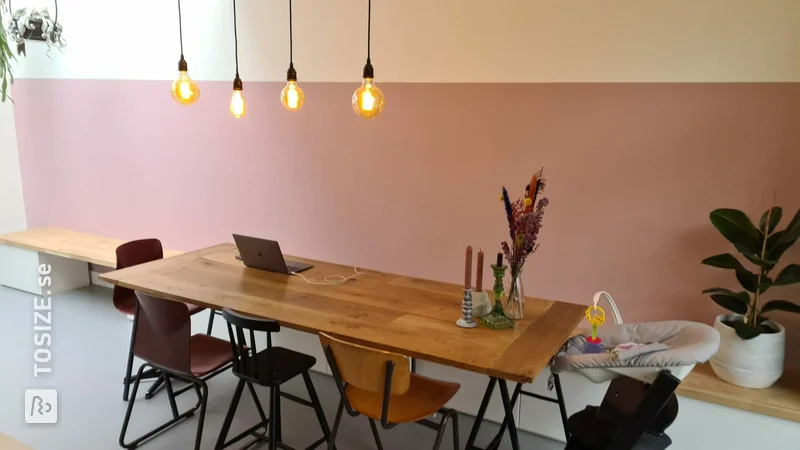DIY tips: choosing the right paint and paint supplies
You have created a beautiful project and now it is time to finish it! But... which paint is best suited for that? And which paint supplies are best to use? At TOSIZE.se you will find all the tips in a row!
Start at the beginning
Which type of paint you choose depends on what you have made. Is it for outdoor use, such as a garden bench? Do you want an opaque layer of paint or do you want a transparent layer so that the wood grain remains visible? Anything is possible! But it is important to determine first which room the furniture will be placed in and which look you want.
The basis: turpentine-based or water-based
There is a big difference between water-based lacquer (acrylic) and terpentine-based lacquer (alkyd). The rule is: acrylic lacquer is used for indoors and alkyd lacquer for outdoors. This is because alkyd-based paint gives off a strong odour, which is not very healthy for indoor use. However, alkyd lacquer is very suitable for outside use (for example, a window frame or a front door) as it is very scratch-resistant and resistant to the effects of the weather.
Er is een groot verschil tussen lak op waterbasis (acryl) en lak op terpentinebasis (alkyd). De regel is: acryllak wordt gebruikt voor binnenshuis en alkydlak voor buitenshuis. Dit komt omdat lak op alkydbasis een sterke geur afgeeft, die niet erg gezond is voor gebruik binnenshuis. Voor buitengebruik (bijvoorbeeld een raamkozijn of een voordeur) is alkydlak echter zeer geschikt, omdat hij zeer krasvast is en bestand tegen weersinvloeden.
Transparent or opaque lacquering
When you make something from a wood species with a wood grain, for example plywood or veneered MDF, you may want the natural look of the wood to remain intact. But you also want to protect it from stains and extend its life span. In that case you opt for a transparent varnish. You can choose a completely transparent varnish or a varnish that has a colour so that the natural look is retained, but you still add a colour. For interior use, an interior lacquer or floor lacquer is a good choice. Floor lacquer is extra scratch and wear resistant and is therefore often used for furniture. Here too, there is a water-based variant for inside and a white spirit-based variant for outside.
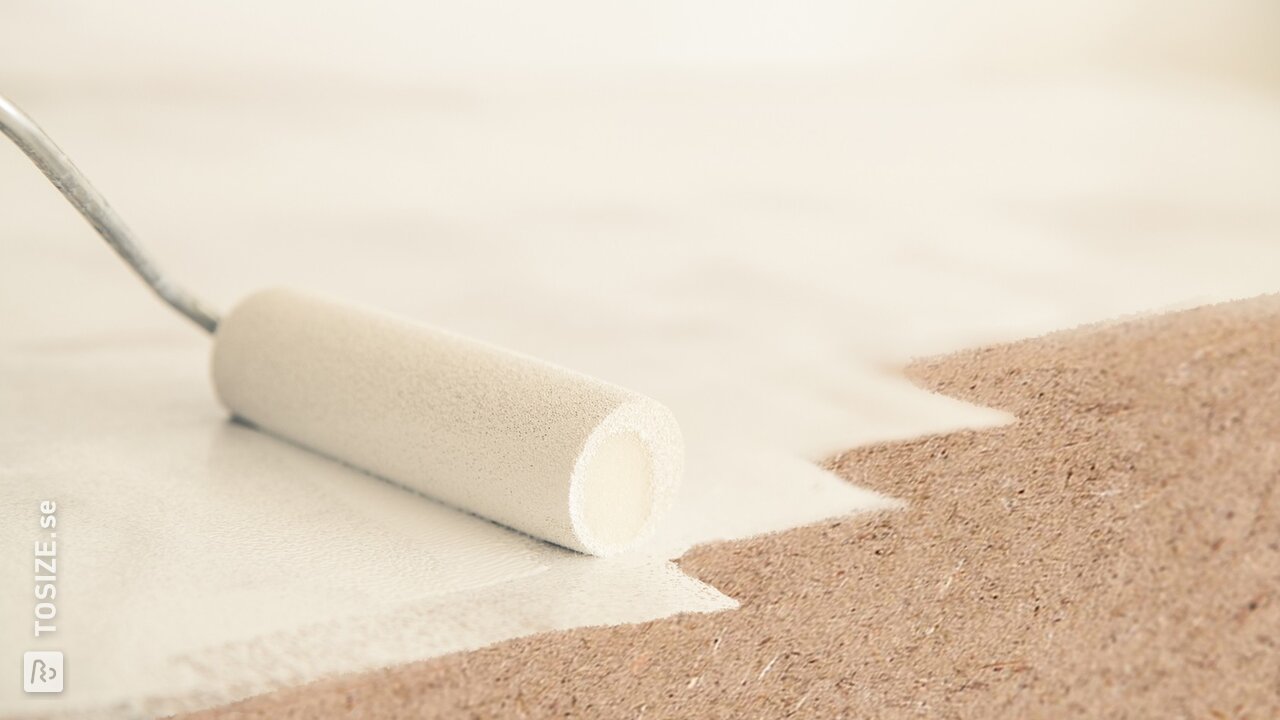
Glossy or matt lacquering
Each varnish is available in different degrees of gloss. High gloss is the variant with the highest gloss level. A matt variant gives no gloss at all. Silk matt, semi-gloss and egg white are in between. Each brand often uses its own designation, so it is a good idea to look in the paint shop for examples of the type you want to use for your job. Apart from appearance, the difference between these glosses is that the high gloss variant is best for cleaning and the matt variant is more sensitive to stains. On the other hand, any unevenness in the material is more easily seen with high gloss paint, while it is less noticeable with matt paint.
Difference between stain and varnish
Up to now, we have mainly been talking about varnish. But what about stain? When do you use which kind? And what is the difference? Both types of paint protect the material, but in a completely different way. A stain protects by penetrating the wood and therefore gives it room to work. Moisture can therefore move in and out of the wood. A stain also protects the wood deeper than just on the outside.
A varnish only attaches itself to the surface, so that the wood gets a closed layer and has less room to work. Moisture cannot penetrate into the wood because of this closed layer. A stain is suitable for outdoor applications such as a garden bench or a fence. It is important that stain is only suitable for solid wood, because that is also the type of wood that likes to expand and shrink. Sheet material such as MDF or plywood is better protected with a varnish.
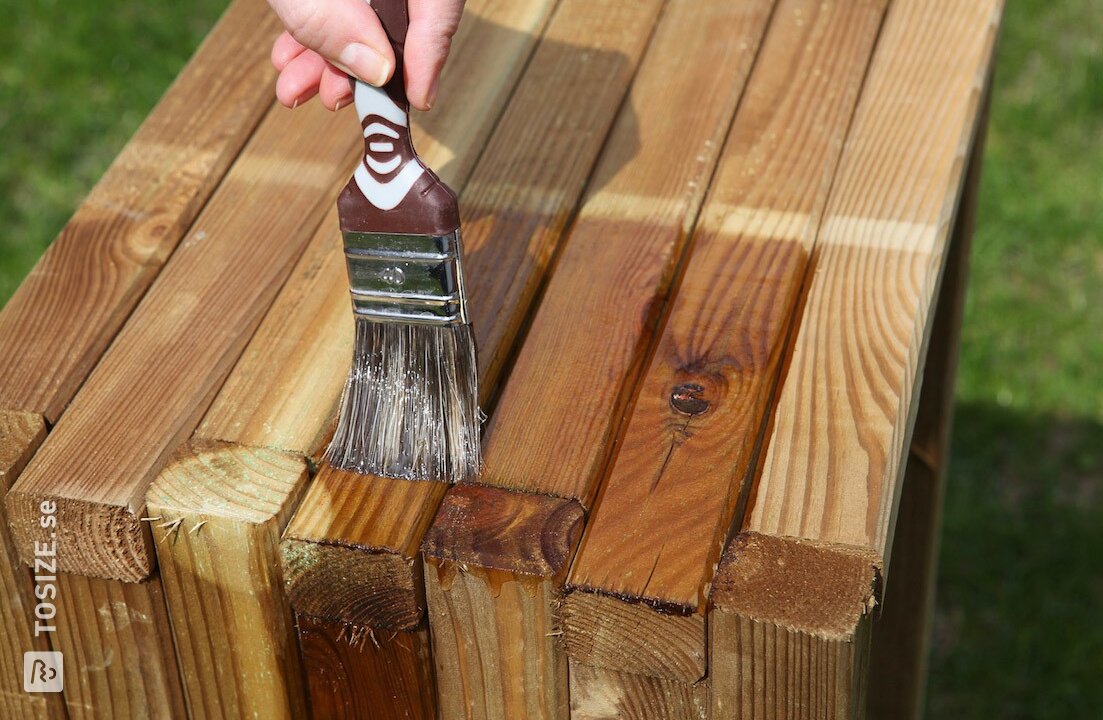
Protecting wood with oil or wax
There are two other ways to protect wood. An oil is suitable for indoors and outdoors and is easy to apply with a cloth. Advantages of oil are that the wood keeps its natural look and that the oil soaks into the material. It can also easily be touched up. A disadvantage of oil is that moisture and stains can still penetrate into the material and that it does not protect against UV rays. There are many different types of oil to use to protect wood, all with different colours and properties.
A wax is also a natural product to protect wood that also keeps the look of the wood very natural. In contrast to an oil, a wax remains more on the surface of the wood. Waxes are only suitable for indoor applications.
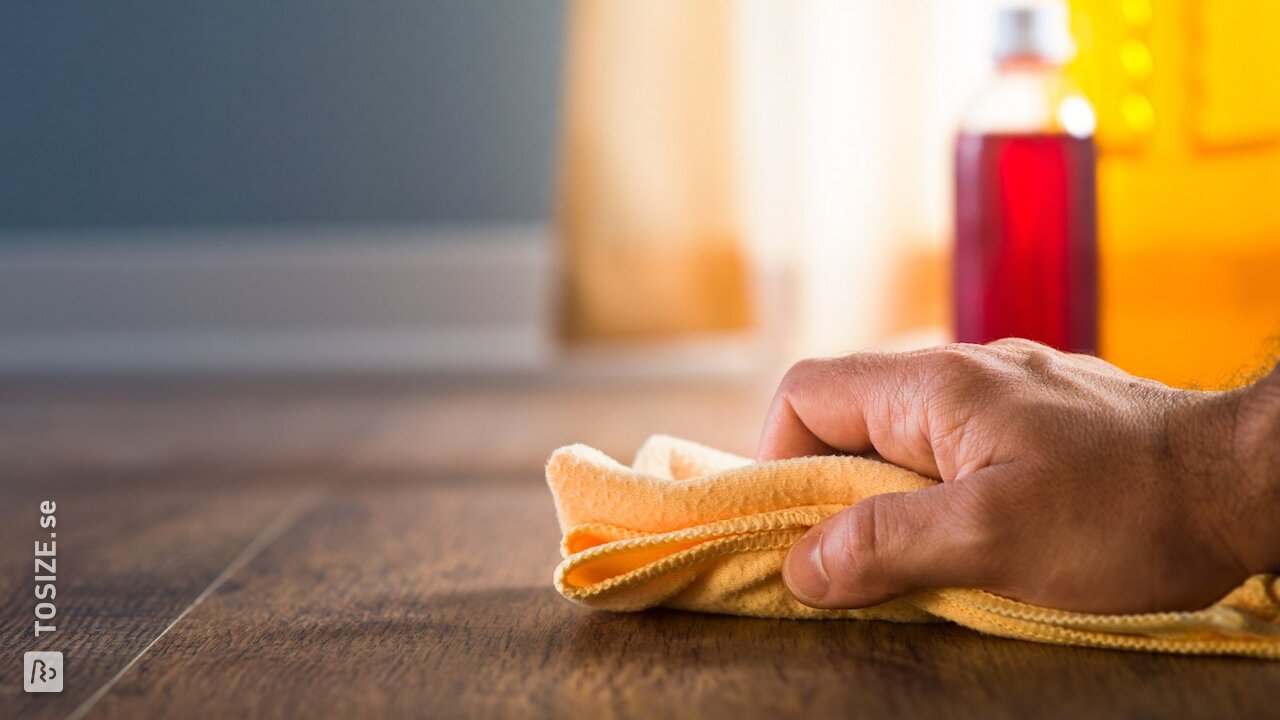
Other types of paint
There are, of course, many other types of paint available. Latex, for example, is used for walls. Please note that latex does not adhere to wood, but it does adhere to wallpaper or a substrate of stone or plaster. There is also chalk paint (a very matt paint) which is often used to refurbish old furniture and accessories (such as vases) or to paint walls. Chalk paint is also suitable for creating certain effects (such as a brocante look). Specific types of paint are also available for specific projects, such as radiator paint, metal paint, concrete paint, tile paint and staircase paint (for an extra wear-resistant result).
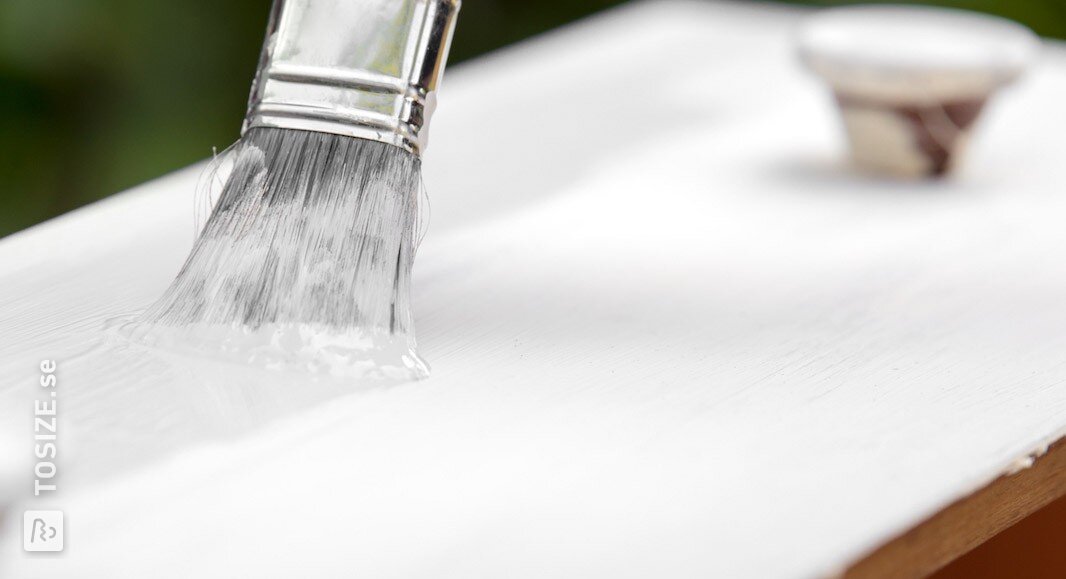
A round or flat brush?
A round brush distributes the paint better than a flat brush or a block brush. This brush is therefore most suitable for varnishing frames and furniture, for example. A flat brush can be used for stain or latex. The size determines how precisely and quickly you can work: the smaller, the more precise and the larger, the faster. For large surfaces, a roller works best.
Also make sure that the brush is suitable for your type of paint. A brush that is suitable for acrylic paints will probably react badly to alkyd paints. In addition, the structure of the lacquer is important: water-based lacquer is fairly light and therefore difficult to paint over with a brush. White spirit-based paint is more viscous, so that it is easier to paint opaque with a brush.
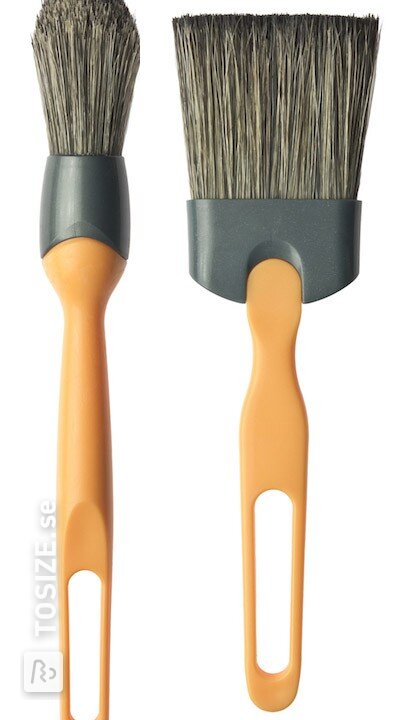
Which roller should I choose?
For the rollers, too, it's important to choose the right kind for the base of the paint or lacquer you're going to use. A roller that is suitable for water-based paint could be dissolved by the white spirit that is the basis of an alkyd paint. You can imagine that this is not good for your work!
There is also a lot of choice in the structure of the rollers. For a smooth surface you can use a felt roller or a foam roller. There are also special rollers for wall paint, which are usually larger. You can choose between a smooth roller (for a smooth surface) or a rough roller (for a rough surface). There are also special rollers for textured paint which, as the word says, leave a certain structure. When using rollers it is good to use the correct size of bracket, because the bracket can otherwise get in the way (if it is too big) or prevent the roller from turning properly (if it is too small).
Read more about how to paint nice and evenly here
Other paint supplies
In addition to rollers and brushes, you will also need other accessories when you start painting. Containers to put the paint in are indispensable when working with a roller. Alternatively, you can use inset trays. These are plastic containers which are a little less sturdy and which you place in the sturdy container, so that you can quickly change the colour or type of paint.
Masking tape is of course also indispensable. Masking tape is available in various types and sizes. For example, there is a variant that is suitable for vulnerable surfaces and you can choose from different widths. Also remember to protect the surroundings and yourself against paint splashes with, for example, a tarpaulin or foil and old clothes, even when working with water-based paint! Latex is a water-based paint that you can still wash out of your clothes, but an acrylic lacquer, on the other hand, cannot be washed out or easily cleaned if it ends up on the floor. So take this into account!
